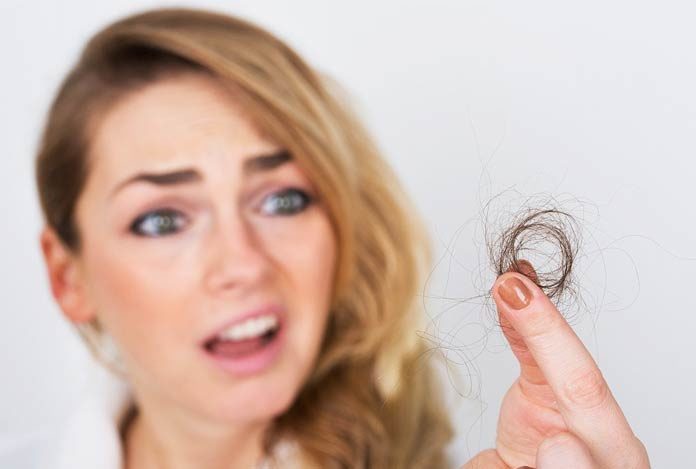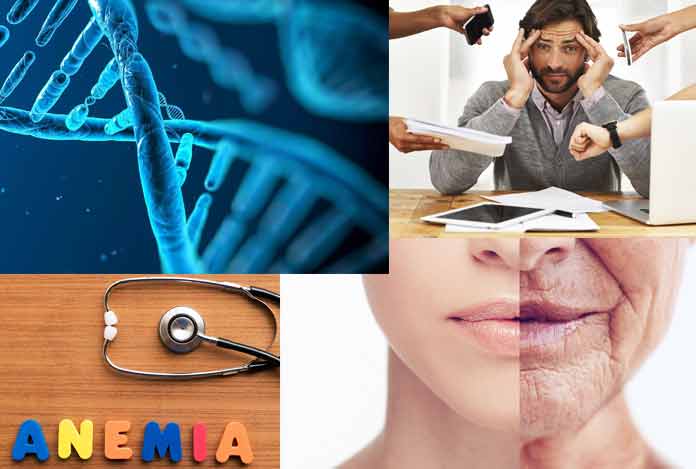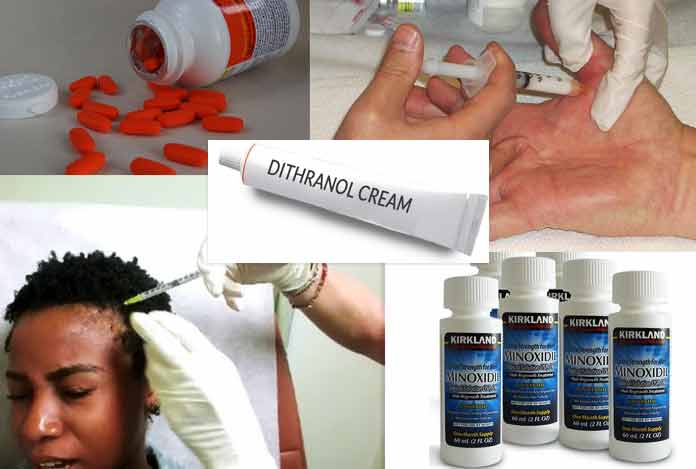
Hair loss refers to losing hair from the head or some other parts of the body. However, head is the most affected area. Its severity depends on whether the hair loss is occurring on a small area of the body or the entire body. It is a cause of psychological distress among people. Hair loss is observed in nearly everyone at some point of life.
It is normal to lose up to 100 strands of hair in a day. If the condition is running in your family, you may be prone to losing more hair. If you are having severe hair loss, it may result in baldness in men and hair thinning in women. By around the age of 50, half of the people experience hair loss. Hair loss particularly changes the appearance of a person.
Men have greater likelihood of losing hair as compared to women due to male pattern baldness. However, it does not mean that women are safe from suffering hair loss. Hair thinning and hair loss are quite common in women. In majority of the cases, treatment is possible for hair loss. Generally, hair treatment is suggested by a dermatologist on the basis of the root cause of hair loss.
Causes of Hair Loss in Men and Women
Some common causes of hair loss are discussed below:
- Physical Stress: A kind of physical trauma, accident and severe illness can lead to hair loss. Hair goes through a cycle. One is the growth phase, second is the resting phase and the last one is the shedding phase. A stressful event shifts more hair in the shedding phase. Hair loss typically starts begins three to six months post the trauma.
- Pregnancy: Hair loss occurs after a woman has delivered a baby as giving birth to a child could be quite traumatic. It is normal and should not be a cause of worry. The hair will regrow on their own.
- Over Dosing of Vitamin A: Taking a lot of vitamin A supplements or medicines could be dangerous for your hair.
- Lack of Protein: If you are lacking protein, your body tries to ration protein by limiting the growth of hair.
- Male Pattern Baldness: Around 66% men lose hair by the age of 60; mainly due to male pattern baldness. This is caused due to a combination of factors like genetic anomalies and male sex hormone imbalance. In this, hair line starts receding at the temple area, which results in an M-shaped hairline.
- Genes: Women may suffer from female pattern baldness, which is nothing, but the female version of male pattern baldness. If a woman has someone in the family, who has suffered hair loss, she may be more prone to experience hair loss. Thus, heredity plays a major role in hair loss; both in men and women.
- Female Hormones: Similar to pregnancy, during which hormonal changes can lead to hair loss, switching to or going on or off birth control pills can also result in hair loss.
- Emotional Stress: Like physical stress, emotional stress can cause hair loss. If someone has been through a traumatic event like divorce, loss of a loved one or job loss, most certainly, it won’t initiate the problem, but only aggravate the already existing condition.
- Anemia: Around 10% of women , belonging to the age group of 20 to 50, have anemia due to deficiency of iron. This can cause hair loss. Taking an iron supplement can rectify the condition.
- Hypothyroidism: This condition is marked by underactive thyroid gland. When this gland is not producing sufficient amounts of hormones, it may lead to hair loss. Thyroid medications can help fix the problem. The hair will restore by themselves once the thyroid hormone level is under control.
- Deficiency of Vitamin B: It is rare, but we cannot rule out its possibility. Simply taking supplementation of vitamin B can get you rid of the problem.
- Autoimmune-Related Hair Loss: This happens as a result of overactive immune system and is called as alopecia areata. Steroid injections can be used to treat the condition. Minoxidil can also be taken, but only under medical supervision.
- Chemotherapy: Drugs used to treat cancer can lead to falling out of hair. Once the therapy is halted, hair regrows, but usually, with some different texture or color.
- Polycystic Ovarian Syndrome (PCOS): Imbalance in male and female sex hormones can lead to hair thinning and loss of hair.
- Being on Antidepressants: Drugs for treating depression, bipolar disorder, blood thinners and blood pressure drugs can lead to hair loss. You can lower the dose or switch to other medicines if you suspect that the medicine is causing the problem.
- Over-Styling: Styling and hair treatments can cause falling out of hair. It includes making tight braids, using hot oil treatment or applying chemicals for straightening. These affect the roots of the hair, so hair might not grow again, which might lead to permanent hair loss.
- Aging: With age, hair loss is quite common. People may go for cosmetic approaches like scarves and wigs to cover up, and even hair transplantation.
- Anabolic Steroids: Anabolic steroids have similar impact on the body as polycystic ovarian syndrome (PCOS) as the mechanism is not very different. It may lead to hair loss.

Treatment for Hair Loss in Men and Women
The following treatments may be recommended for hair loss:
- Steroid Injections: A steroid solution is injected in the scalp several times. The steroid keeps the immune system from attacking the follicles of hair. After a month of treatment, growth of hair may be seen.
- Steroid Tablets and Topical Steroids: Hair may grow, but it comes with some side effects like diabetes, stomach ulcers, and itching. If the treatment lasts for a longer duration, the probability of having side effects increases.
- Immunotherapy: In this, the patient applies diphencyprone (DCP) to the skin that has lost hair. Hair starts to grow after 3 months of application. It may too have some side effects like eczema or skin reaction. Adjusting the dosage might help.
- Dithranol Cream: This is not as effective as immunotherapy and there is a greater chance of having a skin reaction.
- UV Light Treatment: Light therapy taken twice or thrice a week may start showing its effect after about a year of continued treatment.
- Minoxidil: It is an antihypertensive vasodilator medication and the only drug, which is FDA approved for treating female pattern baldness. It lengthens the growth phase of the hair follicles. Generally, it slows down or stops hair loss.











